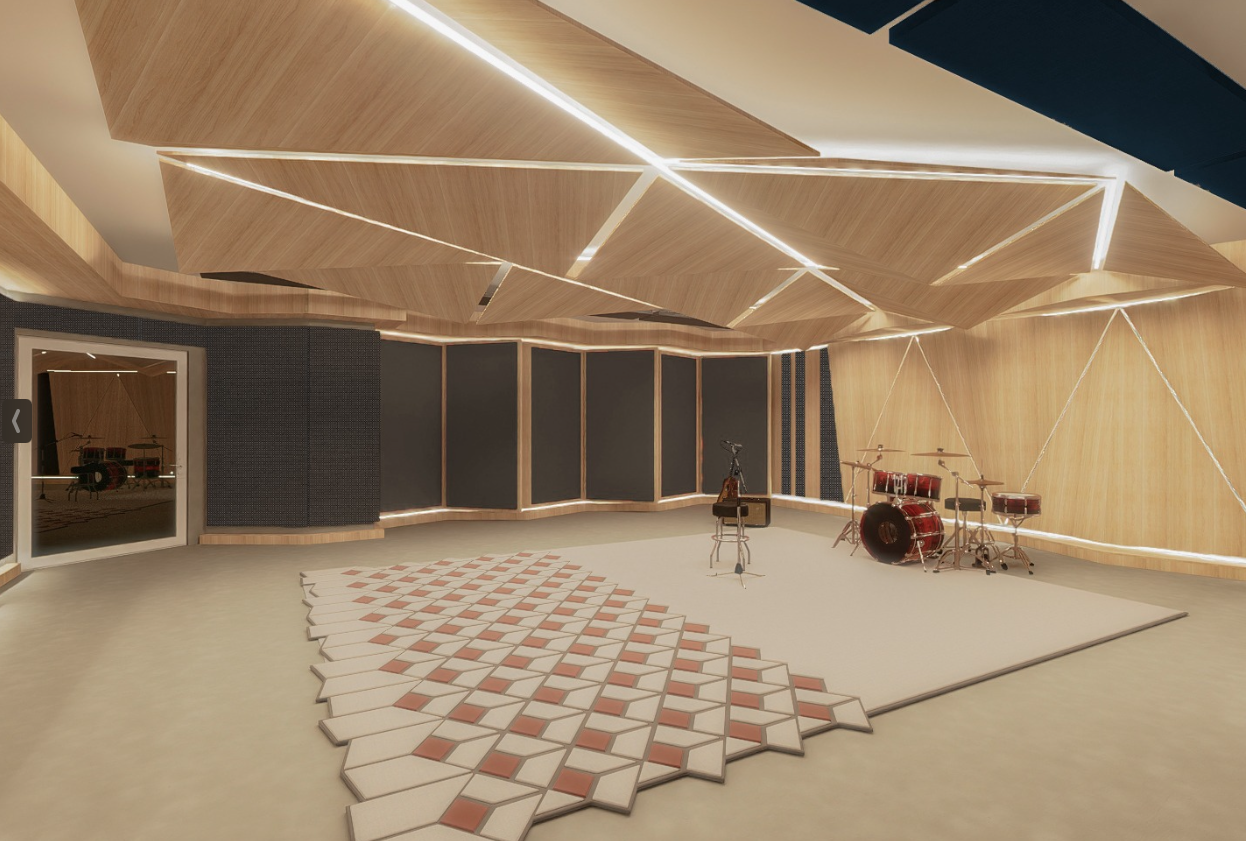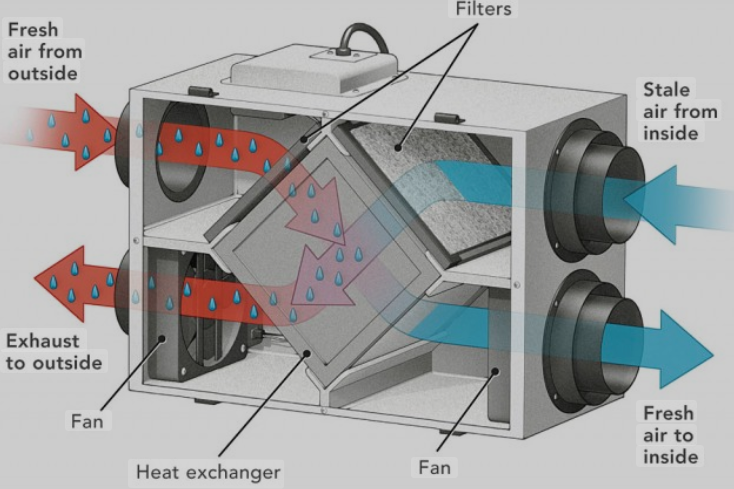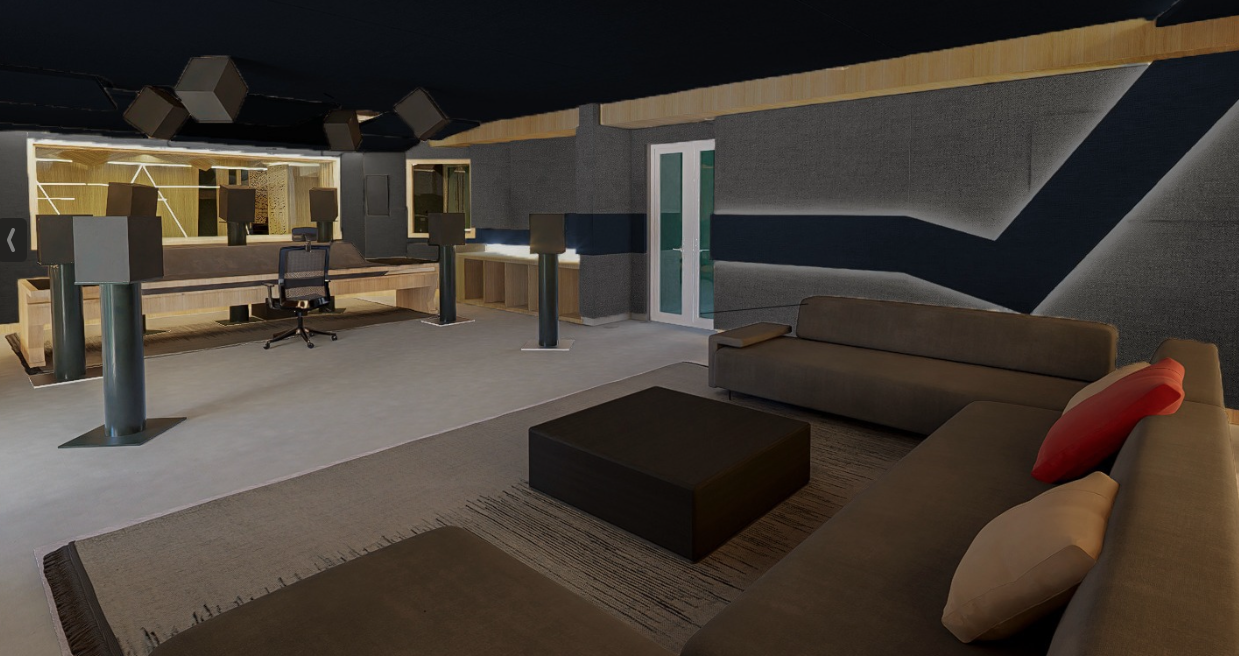The importance of client comfort in a recording studio
Having worked in dozens of studios throughout the world, I’ve found something common that engineers experience but also clients – The studio is always too small. However in the design of Troubled Clef studios, we broke that model entirely featuring the creature comforts that clients need to do their best work.

Most studios focus their attention on creating an artificial environment for recording sound. They look to perfect sound isolation, sound proofing, acoustic design, etc. and forget that humans make music. This is ever more important today as machines insert their AI into our music. The risk is that humans are forgotten in some engineer’s pursuit of audio perfection.
When we designed Troubled Clef Studios, a core element was to ensure that rooms were large enough for anything from solo artists to 30 piece orchestra, and we achieved that. Additionally we also built our rooms to ensure that every artist can see every other artists through smart window design. And additionally that the control room was adjacent – not detached, from the recording rooms. This was not easy to achieve, but we managed to do that. We wanted the artists to feel that they were in the same room with each other – just like they are used to in rehearsal rooms or on stage. That’s native to them, and it should reflect in an authentic capture of their greatest creations.
Air flow
This is generally the most forgotten, misunderstood and poorly addressed design of any modern recording studio. Whereas you want a sound proofed and isolated recording environment that shields exterior noise out of the recording, and keeps interior noise in as to not impact neighbors, etc. this is juxtaposed with client comfort.
The flow of air is critical to our existence and everyone knows just how uncomfortable it is to be in a room that has poor airflow. Stale air is nobody’s friend – particularly when you are in a room with a physically active drummer or percussionist. Fresh air is the key reason clients break from recording, to go outside. If you are in the zone of recording something, that’s the last thing you need and it is likely that you will never find the zone if you are constantly gasping for clean air.
The ducts of a recording studio are complex and pose a challenge – how do you provide air ducts that connect the air flow of fresh air from the outside into a room when your entire goal is to isolate the room from exterior noise? This has been the bane of any studio designer for decades.
Most HVAC experts focus on the climate of a room, but in our case that is not as much of an issue. We have multiple layers of thick, concrete poured walls around our studio. San Miguel de Allende has an average temperature of about 72 degrees Farenheit (about 22 celcius) and weather here is closer to San Diego or a mediterranean climate even though we are far from a beach. So temperature control is not critical. What is critical is air flow.
When we began the search for HVAC experts or best practices for recording studios, we had a very hard time. It was indicative of an industry that didn’t put client comfort first – they put the sound engineering of the rooms first and often that was at odds with client comfort.
We found the answer, however. Energy Recovery Ventilation (ERV) technology. This is a newer technology that is just starting to take off in modern HVAC designs – mainly in homes.

ERV system design
ERV systems are an integrated system to bring fresh air from outside into air ducts and extract stale air from inside and send it out. It seems simple enough, but the physics are quite extraordinary. The air passes through a series of filters to remove dust particles, and optionally de-humidify the air. Some systems add climate control into the mix as well, but this simple pumping system only requires a low level of power to run.
The ducts that carry the air in and out must be sound proofed and isolated, so our design includes about 8 “silencers”. These are similar in concept to what you would see as a silencer on a gun. They surround the ducts to remove noise, and all of our ducting is fiberglass encased to further remove noise. The ERV main units are external to the recording rooms, to remove any chance of ambient noise from the environment.
The end result is that every room where clients will gather – from live room, to the vocal room, to the control room, has ERV powered client comfort built in. Ducts are part of the wall design, so no unsightly mini-split heads in rooms that need to be manually turned off between recording takes.
Whereas retrofitting something like ERV systems into existing structures is VERY expensive because it requires a full duct installation, and most recording studios attempted to not have ducts fearing the noise transfer in/out of a room, we designed our facility with this from the start.
We believe we are one of the pioneers of this technology and it is just another part of the frontiers of sound recording that we are proud to be a part of.
Control room comfort
I’ve worked in studios before that had a massive recording console in the control room, some seating space for engineers, but literally only a small couch space for clients. The most folkloric studios in the past often had this flaw – the worst one was one of the studios in Muscle Shoals where there was literally no room for clients to sit with engineers during a recording or mix review session.
This meant that clients were removed from the process – sent to a kitchen or break room area because they had no room in the control room for them.
This is not what we have at Troubled Clef Studios. Our control room was designed to have the best technology (both vintage equipment with our Neve recording console but also the best of modern technology), but a very large living room style area for clients to relax. There is a lot of “hurry up & wait” in making records. We wanted the client to be as comfortable during this process as possible.

Artist rendering of our control room layout
When a client books our facility, they won’t suffer comfort for a great recording. We are spacious and offer all the creature comforts. From large sofa style seating, to a refrigerator, sink, microwave, coffee machine, espresso machine, etc. along with easy ordering of food from local restaurants, including full catering if needed, the client will love the experience.
We’ve even included a large screen TV with video game console if they want (just keep the noise down if you can ).
If you want to leave the artificial environment of the studio, you can walk the grounds outside in comfort too.
Ready for 2026
Building something of this magnitude has been a 3+ year process. But making history takes time. Every day that we progress, we see the dilution of the human experience – usually to make way for some technological innovation that often goes against the very interest of the human. That’s not the case for Troubled Clef Studios. We embrace art and humanity, and that means going the extra mile to ensure that people are comfortable to give the best performance of their lives, with the tools and experience to capture it for perpetuity.
We hope you desire the same experience for your next recording project. We will be ready for you in early 2026, so if you are planning the recording of an album, we will be opening bookings from March onwards. Contact us for rate sheet, etc. or if you have any questions feel free to message us here on our website.

